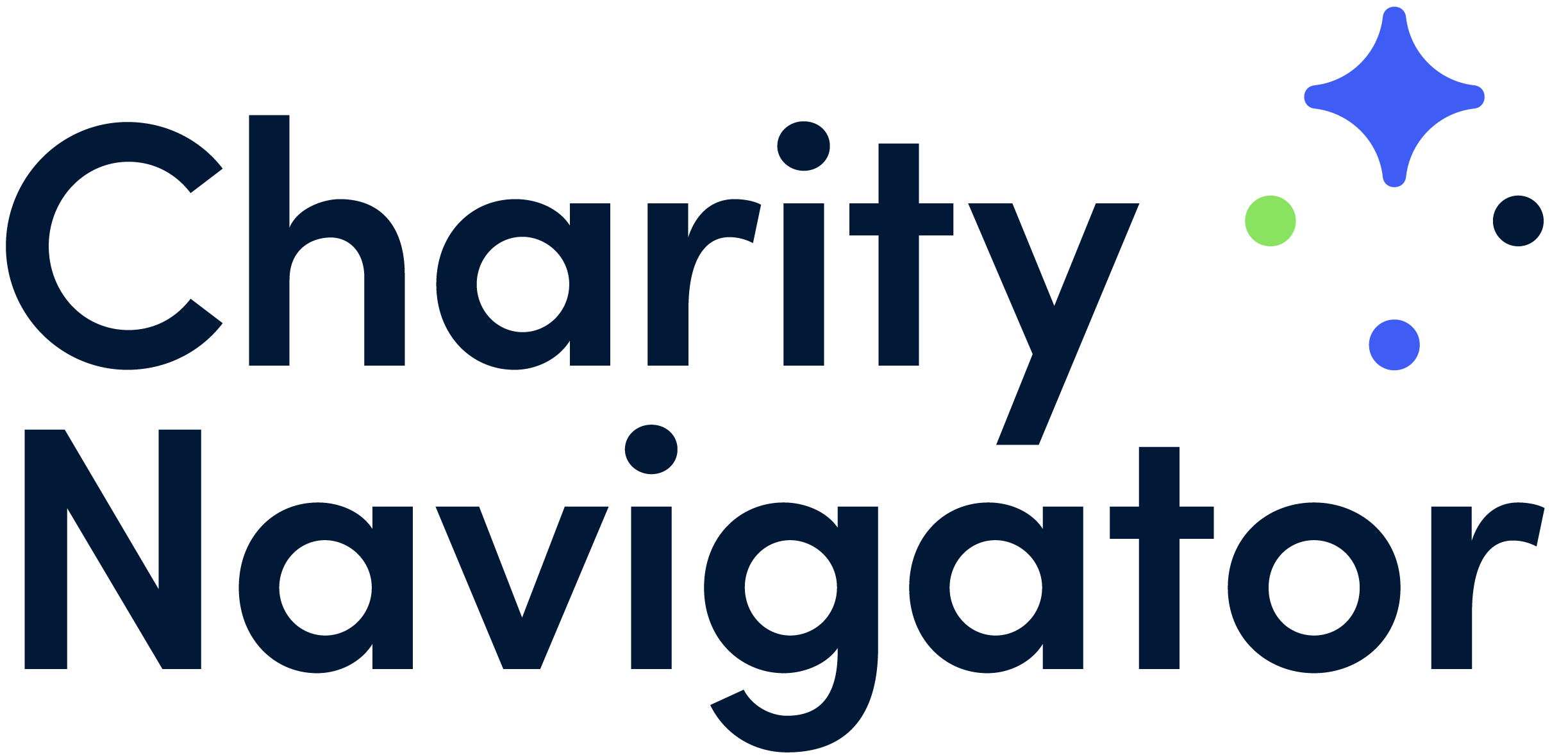
Four Things We’ve Learned about Virtual Fundraising Events
Redefining success with Hope for Haiti.
At Hope for Haiti, we’ve had experience with natural disasters, political/civil unrest, and many other challenges. When the COVID-19 pandemic emerged, those experiences gave us a unique advantage to quickly form an effective programmatic response to the crisis and best prepare our staff for what was to come. The pandemic presented one challenge, however, that we - and the nonprofit industry at-large - had not yet faced at such a grand scale: a crisis that affects the health and economy of both program beneficiaries and donor bases at the same time. With in-person fundraising events no longer an option, our team was tasked with finding novel ways to connect donors to our mission - without donors having to leave their homes. We try hard to learn from our experiences, build those learnings into our organizational strategy and daily work, and share best practices with others so we can all be better. Here are the top four things we’ve learned:
1. Authentically connect the event to your mission. Think creatively to find ways for your donors to experience your mission virtually while large in-person gatherings are not an option. This can be as complex as utilizing emerging technologies like virtual reality, or as simple as challenging your donors to walk a distance in your beneficiaries’ shoes like we do in our annual Hike for Haiti Challenge. Also, take care to ensure your event website and marketing clearly outline how event funds will be used to make an impact. Donors value authenticity and transparency; they will naturally gravitate to an event that offers both.
2. Engage your board and most loyal donors. Your board members and most loyal donors are an invaluable resource for virtual event planning. Solicit their guidance during the planning process to make sure the event will be attractive to your core base and to build event support prior to its launch. After the event, this core group can also provide valuable feedback to help inform future event planning. By asking for input and providing an opportunity to get more involved, your board and most loyal donors are likely to feel ‘bought in’ to the event and inspired to see it succeed.
3. Empower event partners, donors, and participants to spread the word. The key is to make it simple and reduce as many barriers as possible. We recommend equipping supporters with assets they can share with their networks, such as custom graphics, fundraising equivalencies, and sample social media posts. Putting in the work upfront to create these toolkits will go a long way towards ensuring your supporters are inspired and have the tools they need to support your fundraising goals. Through these toolkits, supporters are no longer just participants in your event - they’re ambassadors and advocates.
4. Innovate and iterate. Meeting a fundraising goal should not be your sole benchmark for success. Events may not meet fundraising goals for a myriad of reasons during these uncertain times, and organizations should value innovation and iteration to support long-term growth and success. As a renowned entrepreneur and author Ray Dalio writes, “the key is to learn, fail, and improve quickly.” Our organization recently experienced this with our first virtual auction, which missed some marks but still brought in new donors and partners to the Hope for Haiti family. The lessons learned during the event will be essential in guiding our strategy for future virtual events. Events that are not as financially successful as anticipated can be iterated on to support your organization’s overarching goals. Organizations should not shy away from trying new things; you cannot succeed if you do not try.
Written by Hope for Haiti. Hope for Haiti is one of Charity Navigator’s “10 Best Humanitarian Relief Organizations” and has operated in southern Haiti for 32 years. The organization’s team and network of partners provide families in Haiti with better access to education, healthcare, water, and economic development opportunities.


